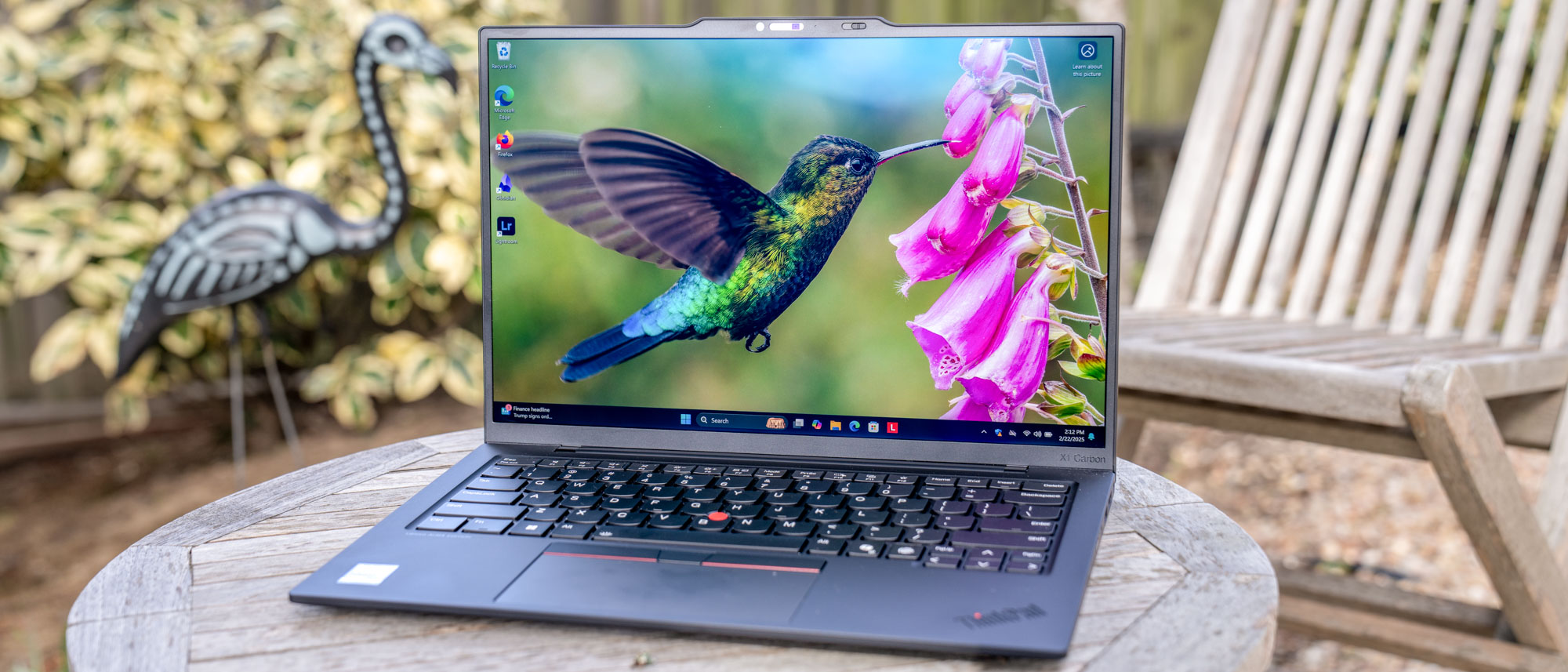Tom's Guide Verdict
The Analogue Super Nt is a celebration of the Super Nintendo, though a high price tag and some missing features make it more of a niche product.
Pros
- +
Gorgeous design
- +
Great performance
- +
Smooth interface
- +
1080p resolution
- +
Extensive display options
- +
Exclusive version of Super Turrican included
Cons
- -
No controller
- -
Relatively expensive
- -
No save states
Why you can trust Tom's Guide
Once upon a time, if you wanted to revisit your favorite gaming console without the original hardware, you had two options: Pick up one of those shoddy plug-and-play TV consoles lining the aisles of every drugstore, or track down an emulator and some ROMs by legally dubious means.
A few years ago, things began to turn around. Imperfect as they are, Hyperkin's Retron products made retro gaming feasible for the majority of consumers, while Nintendo has brought polish and credibility to the scene with the company's NES and SNES Classic Edition consoles.
But for the most-fervent retro gamers, relentlessly pursuing 1:1 replication of the experiences they enjoyed as kids, even those breakthroughs haven't gone far enough. Enter Seattle-based Analogue, a company at the forefront of the high-end retro scene.

Analogue's latest effort, the Super Nt, is a $189 Super Nintendo clone that comes equipped with a cartridge slot, an HDMI port, and a bevy of audio and visual options. Better yet, with the help of a custom processor, it claims full compatibility with all SNES and Super Famicom titles, with zero lag. If you're looking for the best way to revisit the system's library of 16-bit classics — assuming you're lucky enough to own them — the Super Nt was made for you.
A Modern, Mini SNES
The exterior of the Super Nt strikes the right balance between retro inspiration and modernization. The system looks like the Japanese and European versions of the Super Nintendo, which sported a curvier design than what we got in the States.
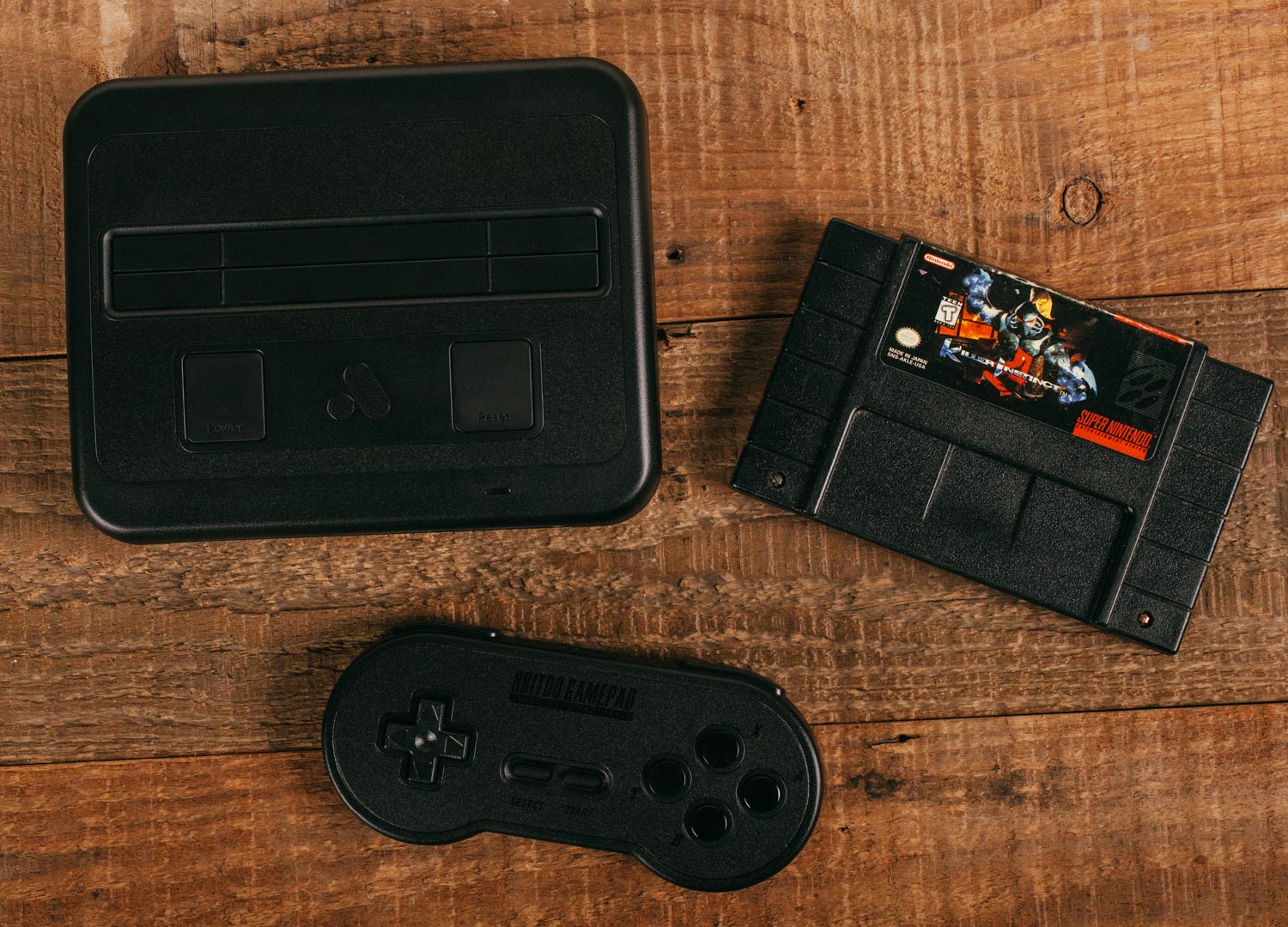
Unlike the NES-compatible Analogue Nt, which employed 6000-series aluminum for its body, the Super Nt keeps costs down with a finely textured matte-plastic shell. It's not as bad as it sounds. Although there's nothing remarkable about the way this system feels, it does carry a satisfying heft, and the build quality is as solid as you'd hope. A rubber base under the enclosure ensures that the Super Nt won't slide anywhere during a spirited round of Super Street Fighter II.
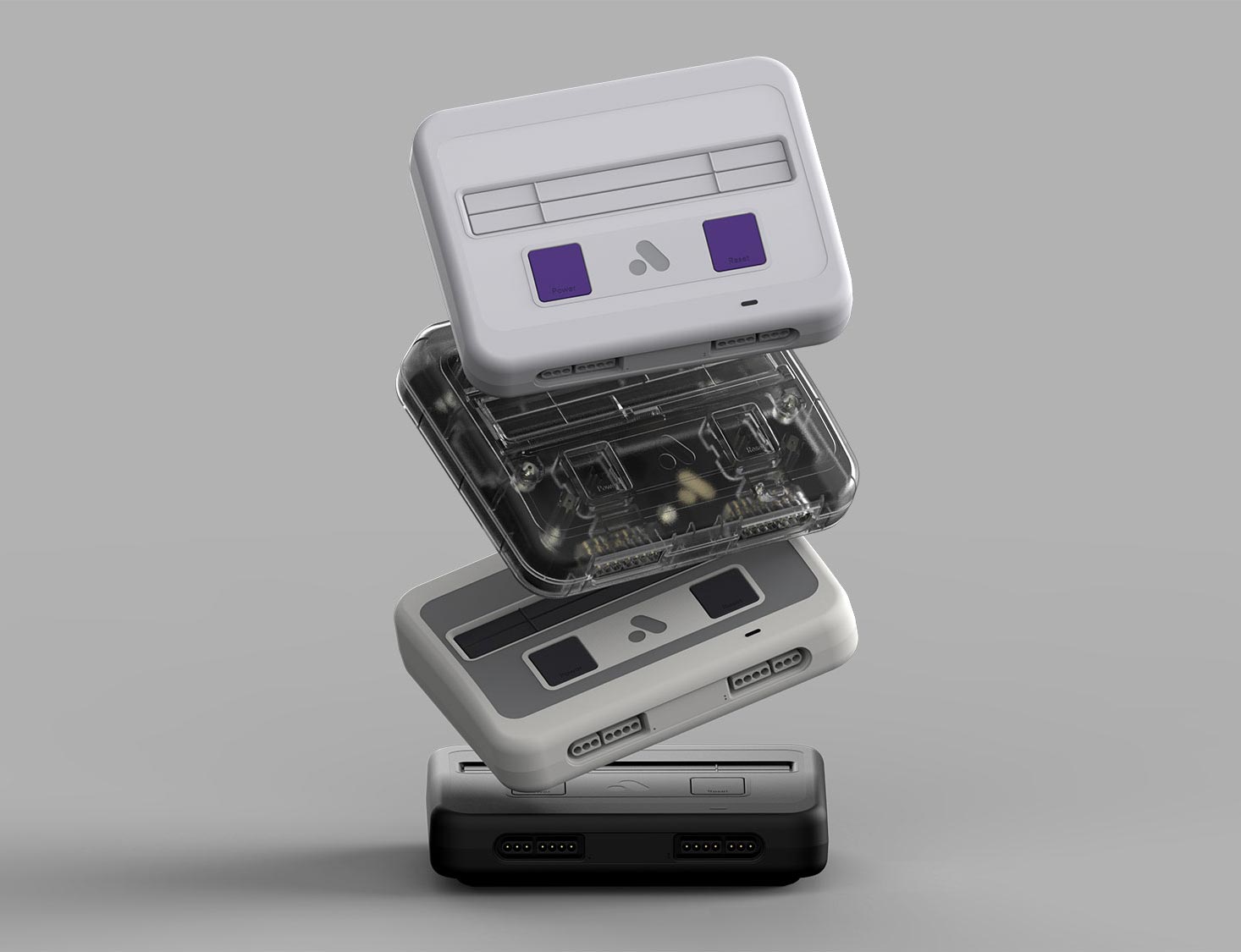
Our unit looked positively stealthy in all black, although Analogue produces three other colorways that look just as beautiful: gray and purple (like the SNES), gray and darker gray (like the Super Famicom), and a frosted translucent one.
MORE: All 21 SNES Classic Games, Ranked Best to Worst
On the console's face, a pair of big, rectangular Power and Reset buttons reside beneath the cartridge slot. There's also a multicolor LED mounted on the lower right — just like on the original console. There are Super Nintendo controller inputs (meaning you can use your existing peripherals), a micro USB port for power, an HDMI out and an SD card slot for firmware updates. (You can also use the SD slot for whatever wizardry you want to perform on your own — Analogue says it won't judge.)
The exterior of the Super Nt strikes the right balance of retro inspiration and modernization.
You may notice that I haven't mentioned the controller that comes packed with the Super Nt. That's because there isn't one. Analogue has partnered with accessory-maker 8Bitdo to produce a special series of 8Bitdo's SN30 pad and Bluetooth adapter, themed to match each color scheme of the Super Nt. However, buyers will have to drop an extra $39 on the peripheral set. That's a shame, considering that the SN30 is an excellent little controller that is imperceptibly different from Nintendo's own.
Stellar, Accurate Performance
Still, you can't see what truly makes the Super Nt special from the outside. That distinction will be especially important to the kind of enthusiasts that Analogue is targeting, who might not be satisfied with the traditional approach of using software emulation to play old games.
The Super Nt is powered by an Altera Cyclone V field-programmable gate array, or FPGA for short. Unlike the SNES Classic, Retron 5 or just about any new retro-console you can think of, this chip is not a general-purpose processor with an emulator on it. Analogue has configured the FPGA from the ground up to behave precisely like the Ricoh 5A22 CPU inside the original SNES.
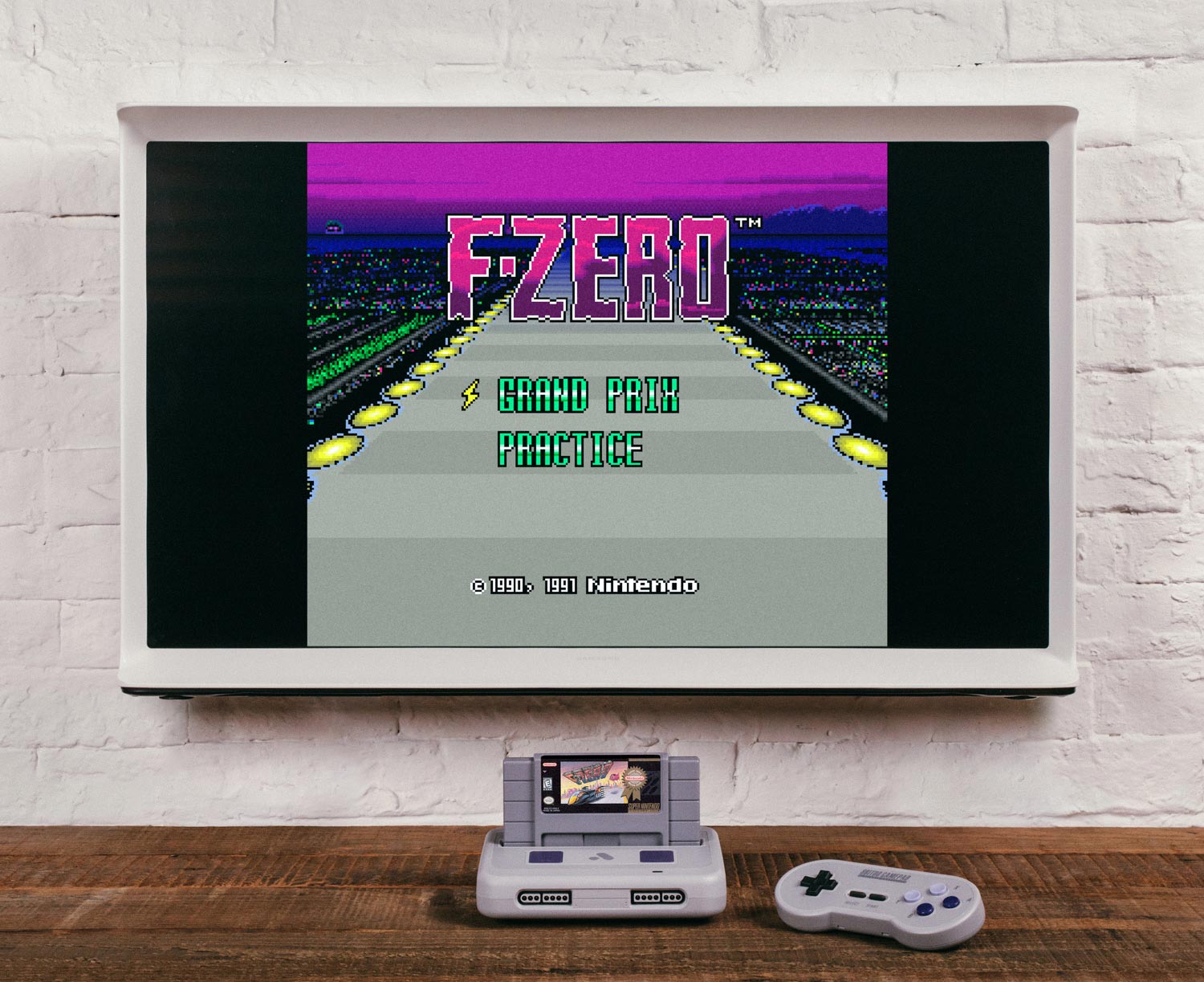
The Super Nt's switches accept the same inputs and produce the same outputs as the original. Because of that, it is theoretically fully compatible with the complete SNES library out of the gate, with no need for occasional patching on a per-game basis and no added input lag.
The Super Nt delivered a consistently pixel-perfect experience and instantaneous response times.
To be fair, good software emulators can deliver results that look, feel and play just as well as what you'll get from the Super Nt. You're not going to notice any qualitative differences between a well-emulated title and its counterpart running on an FPGA, or on the original hardware. But every so often, an emulator causes a glitch or anomaly that wasn't present on the SNES. And for gamers who strive for complete accuracy — not just for what's on screen, but also for all the processes occurring behind the scenes — the FPGA inside the Super Nt is technically more faithful.
MORE: SNES Classic vs. NES Classic: Which Retro Console Is For You?
What ultimately matters, though, is how the system handles the games. Fortunately, the Super Nt never skipped a beat in our testing. Whether it was sprite-scaling pseudo-3D racers like F-Zero and Super Mario Kart or a less-demanding puzzle title like Kirby's Avalanche, the Super Nt delivered a consistently pixel-perfect experience and instantaneous response times. I'm pleased to say that I'm just as horrendous at Donkey Kong Country on Analogue's SNES as I was on the real thing. Just don't try to play the few games that require a Super Scope; light guns work exclusively with CRT TVs, and the Super Nt is HDMI-only.
Fluid Interface, But Missing Some Features
Given everything the Super Nt is capable of, it may come as a surprise that the system doesn't allow save states or rewind, as you'll find on the SNES Classic. And unlike Cyber Gadget's modular Retro Freak system, the Super Nt can't load games from its SD card slot.
There's no technical reason that the Super Nt couldn't achieve these things, and considering Analogue has promised that downloadable firmware updates will be available in the future, some of those features could materialize. But many gamers prefer emulators particularly because of the convenience of save states, and their absence in the Super Nt is a strike against the system.
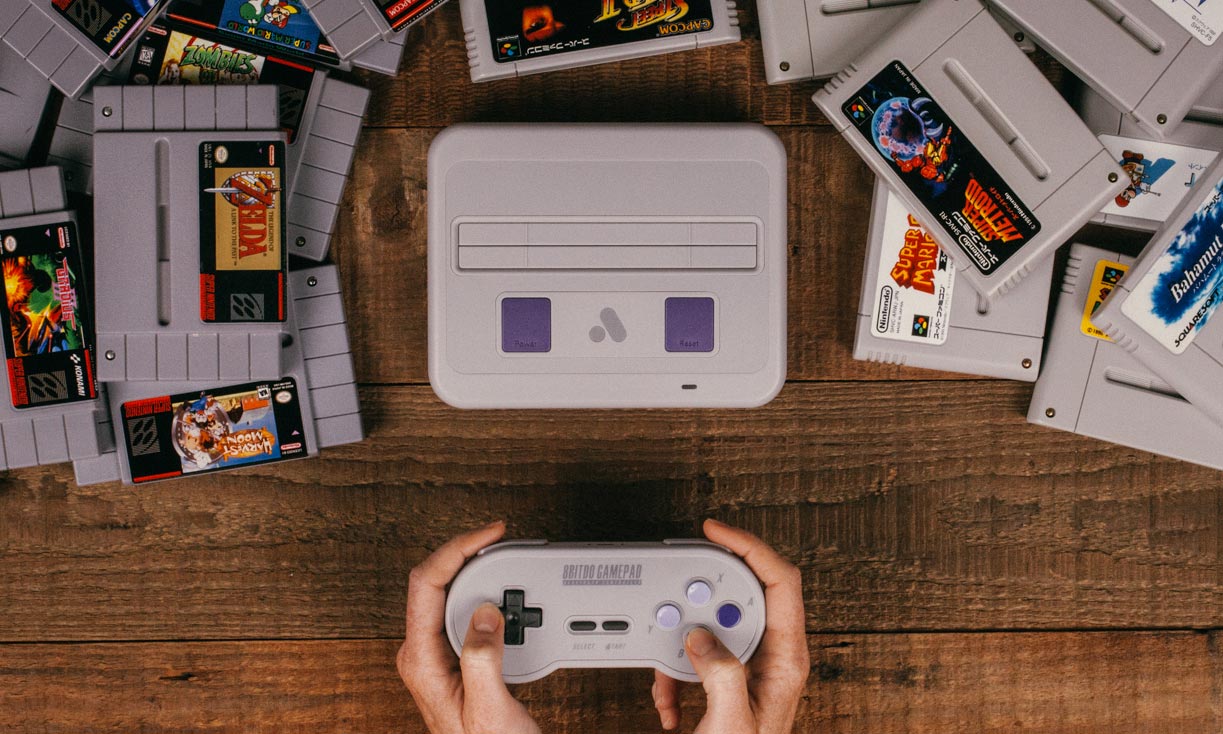
However, when it comes to customizing display settings, the Super Nt is fully stacked. It supports a range of resolutions, from 480p to 1080p, at 50 and 60 frames per second, as well as multiple aspect ratios and scan-line styles. There are scaling options to smooth over the jagged edges of blown-up pixels, and even a mode called Pseudo Hi-Res Blending that overcomes the SNES hardware's limitations and delivers true transparency effects.
The Super Nt's lack of save states is a strike against it in light of its competitors.
It helps that the interface is just as simple and stylish as the exterior. You can customize the interface with lots of themes and access the menu easily in-game by pressing Select and down on the D-pad at the same time.
One More Thing
Finally, Analogue has tossed in one more bonus for Super Nt customers. Much like how Nintendo distributed the unreleased Star Fox 2 on the SNES Classic, an exclusive director's cut of Factor 5's run-and-gun classic Super Turrican comes preinstalled on every Super Nt.
MORE: PS4 Games: Our Staff Favorites
This version was supposed to come out back in 1993 on 6-megabit cartridges, but the game's publisher, Seika, couldn't afford the higher-capacity format, so the game had to be pared down to 4 megabits instead. The new version features enhanced graphics, different music and even an extra final level. And to sweeten the deal, Super Turrican 2 also comes built in to the Super Nt.
Bottom Line
The Super Nt exudes quality in a way most third-party console clones never do. There's no doubting the passion and care Analogue has poured into this little box. It's a beautifully simple, but perfectly executed solution for anyone who wants to explore one of the greatest gaming platforms ever built, but do so on a modern TV.
Nevertheless, many gamers will ask — and rightfully so — why they should pay $189 for Analogue's hardware when there are other ways to play these games that work just as well, for all practical purposes. The aforementioned Retron 5 costs $129 and supports seven other systems in addition to the SNES, while nothing beats the SNES Classic's value for the price. At $79, Nintendo's micro-console comes with two controllers and 21 preloaded games — although there's no cartridge slot or any way to download more.
There's no skirting the Super Nt's price, or the fact that Analogue's heroic efforts to create a carbon copy of the SNES won't matter to a lot of gamers. They'd rather have save states, rewind and other comforts. And there's nothing wrong with that — what matters most is that you experience the games you love, however you want. But if you happen to be an incredibly discerning retro customer, Analogue's painstaking approach to design and obsession with accuracy will be worth every penny.
Credit: Analogue
Adam Ismail is a staff writer at Jalopnik and previously worked on Tom's Guide covering smartphones, car tech and gaming. His love for all things mobile began with the original Motorola Droid; since then he’s owned a variety of Android and iOS-powered handsets, refusing to stay loyal to one platform. His work has also appeared on Digital Trends and GTPlanet. When he’s not fiddling with the latest devices, he’s at an indie pop show, recording a podcast or playing Sega Dreamcast.
